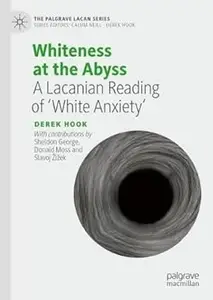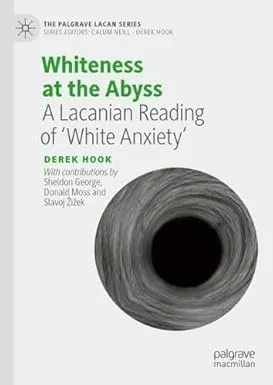Whiteness at the Abyss: A Lacanian Reading of ‘White Anxiety’
by Derek Hook, Sheldon George
English | 2025 | ISBN: 3031785088 | 134 Pages | True PDF | 2.73 MB
by Derek Hook, Sheldon George
English | 2025 | ISBN: 3031785088 | 134 Pages | True PDF | 2.73 MB
‘Whiteness’ is an omnipresent term within research on race and racism. This book differs from existing conceptualizations by adopting a psychoanalytic line of approach and by directing its attention to a particular socio-historical instantiation of whiteness—the investments, fantasies and fears apparent within (post) apartheid South African contexts. It foregrounds the notion of ‘white anxiety’, which is conceptualized not only via notions of psychical temporality, but with reference to the dystopian visions of the future, ideas of inter-generational guilt, and fantasies of demise. To posit an imagined ‘end to whiteness’ is not, of course, an uncontroversial gesture; the closing section of the book surveys the key themes—antisemitism, white Nationalism, the trope of the race traitor—in online attacks the author was subjected to. This compelling work will appeal to all those with an interest in psychoanalytic approaches to race and racism, and to anyone working in the areas of critical race and whiteness studies.



